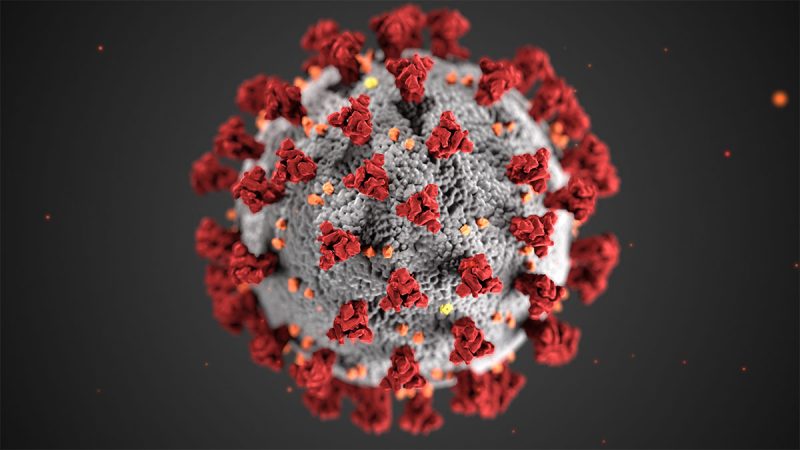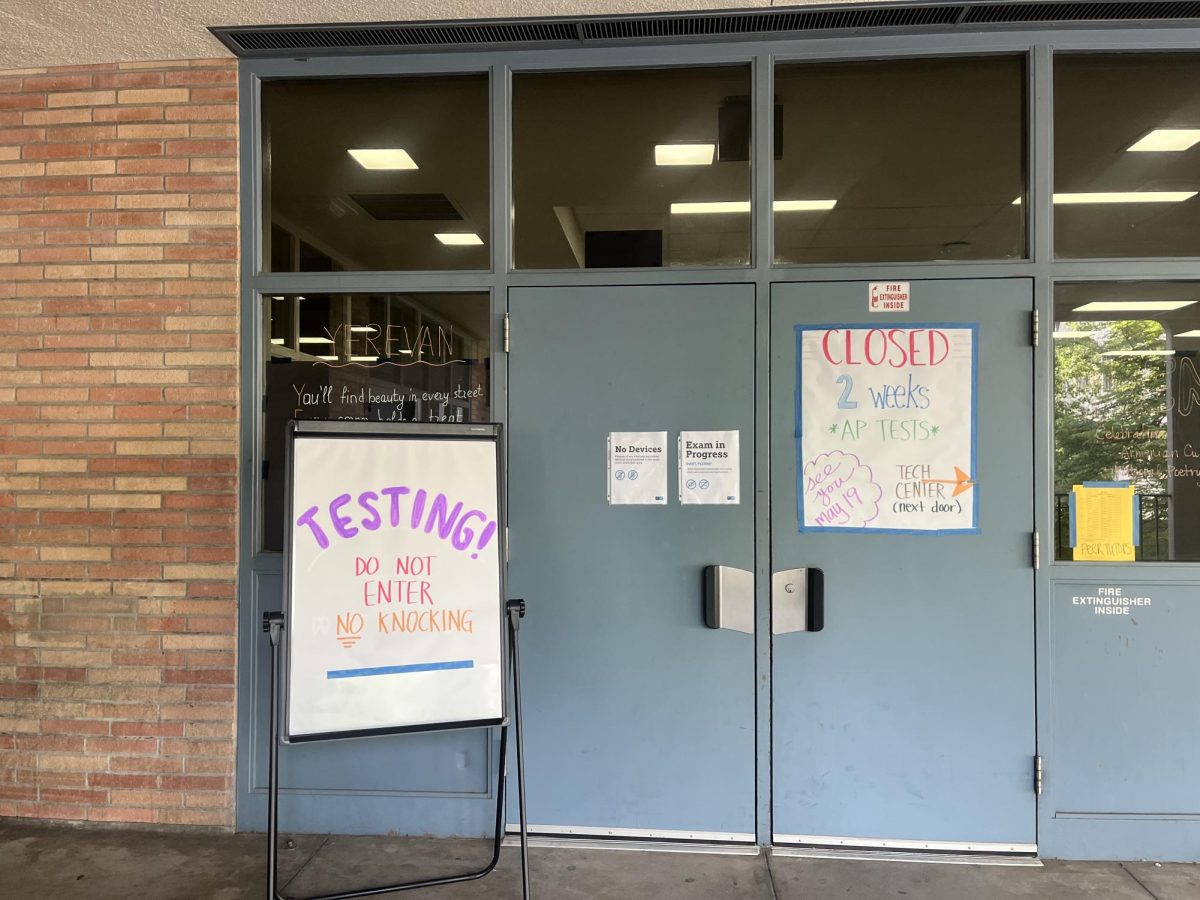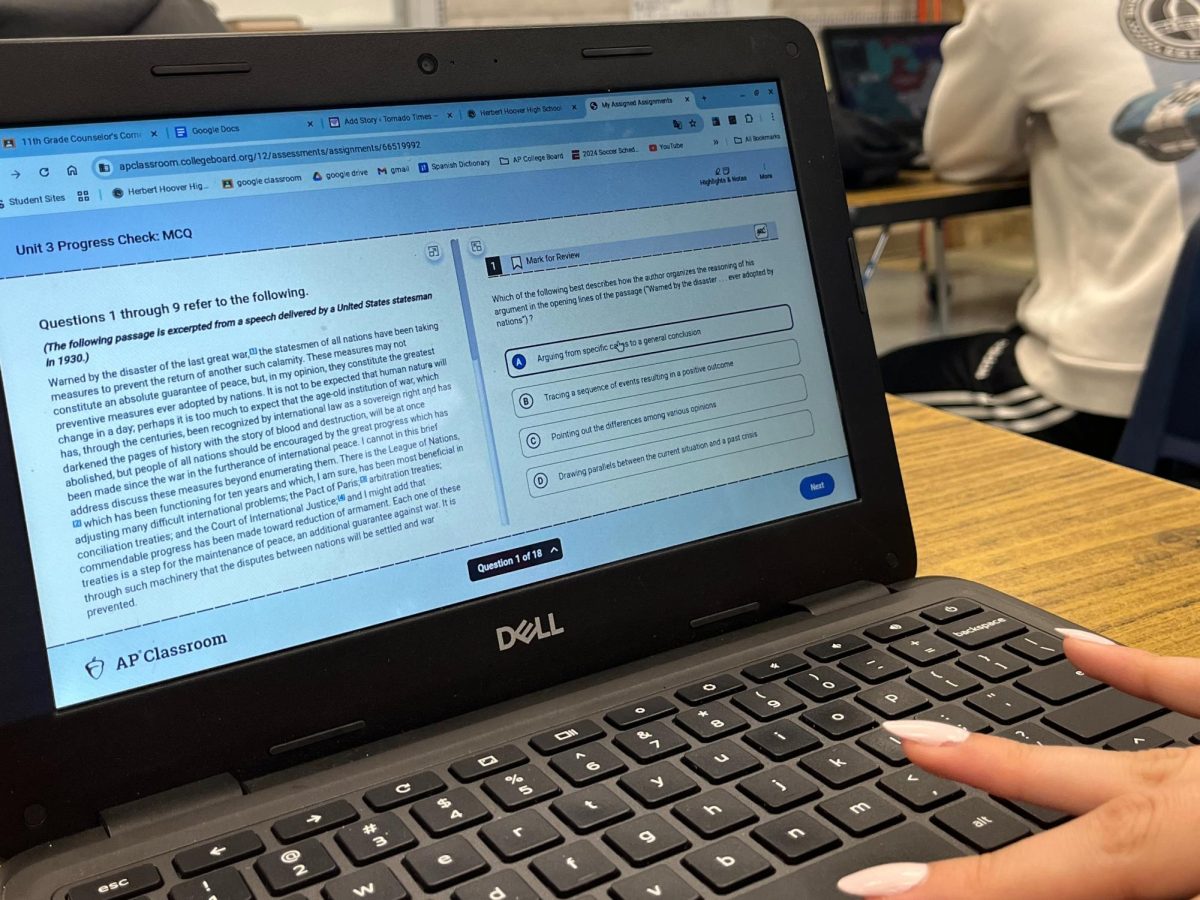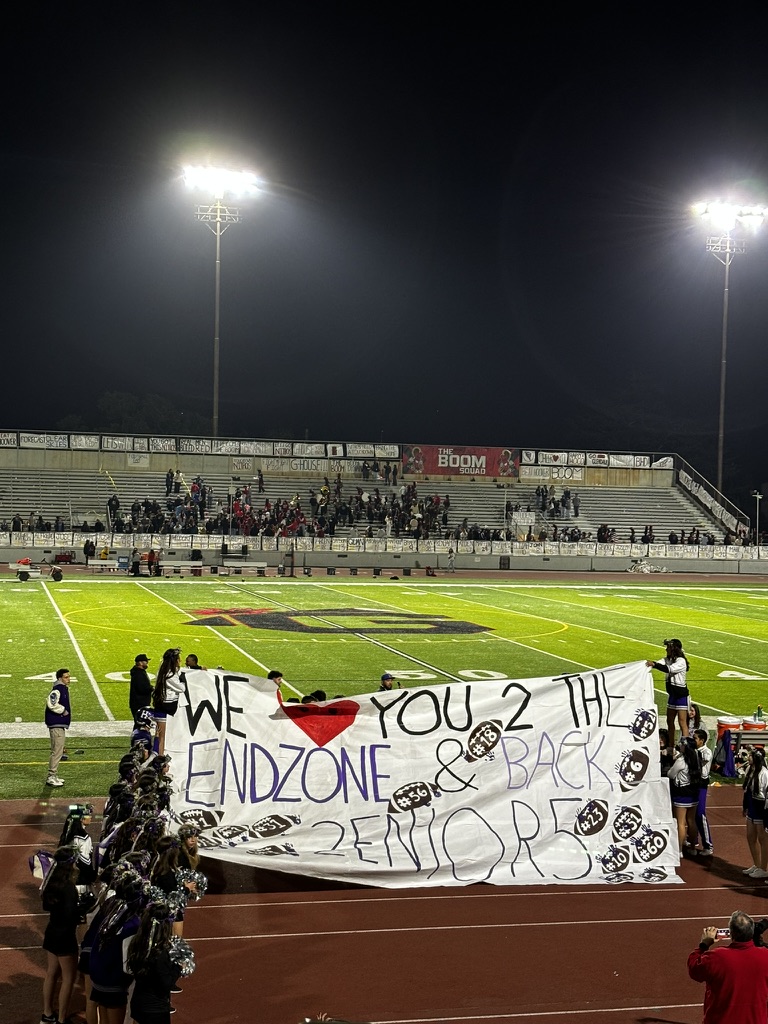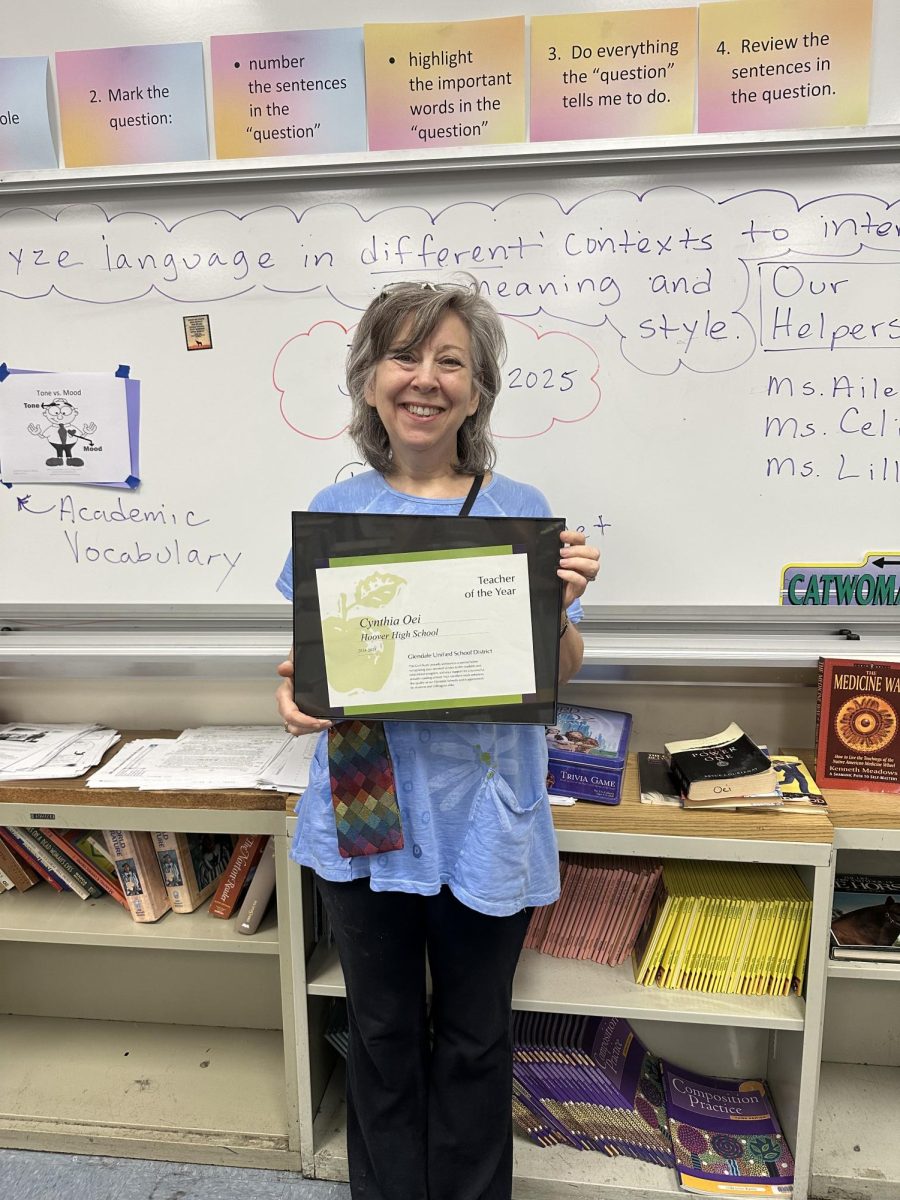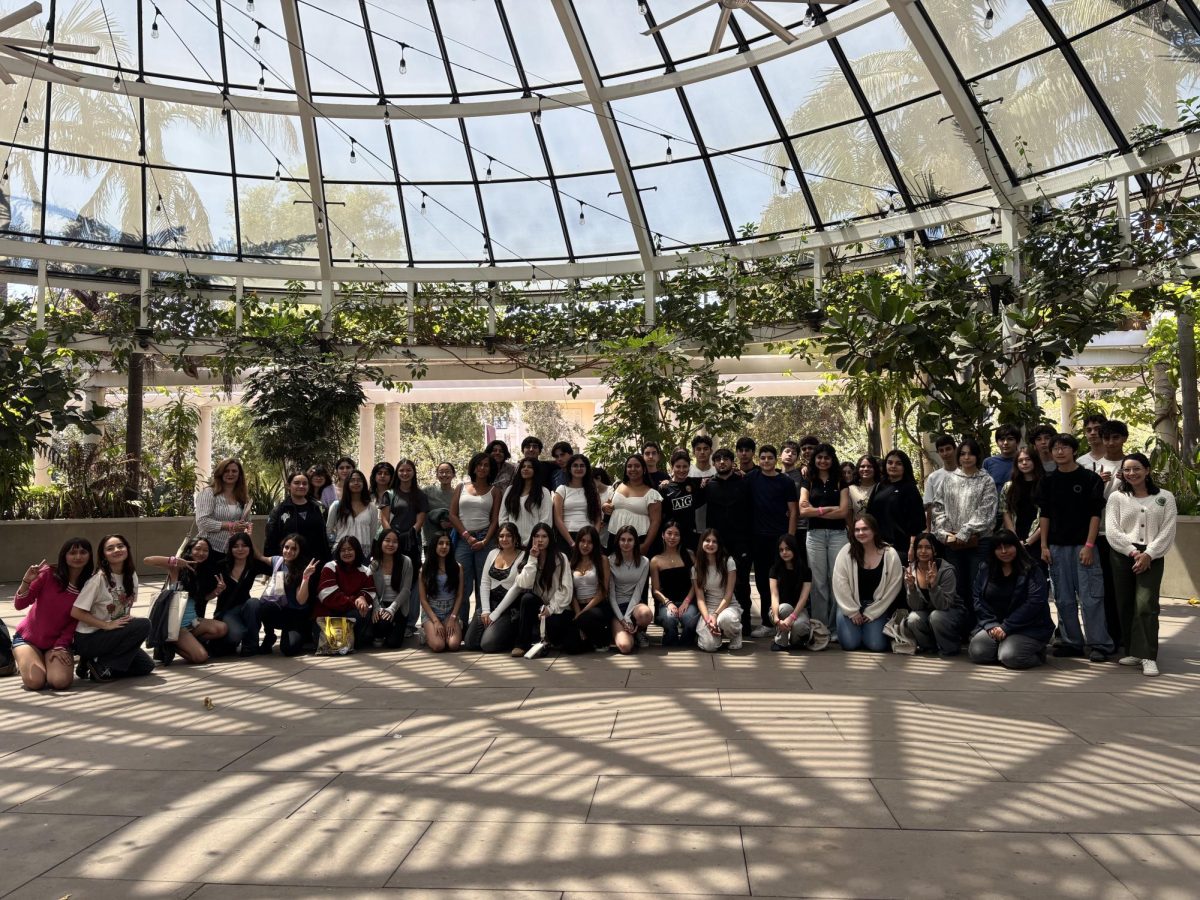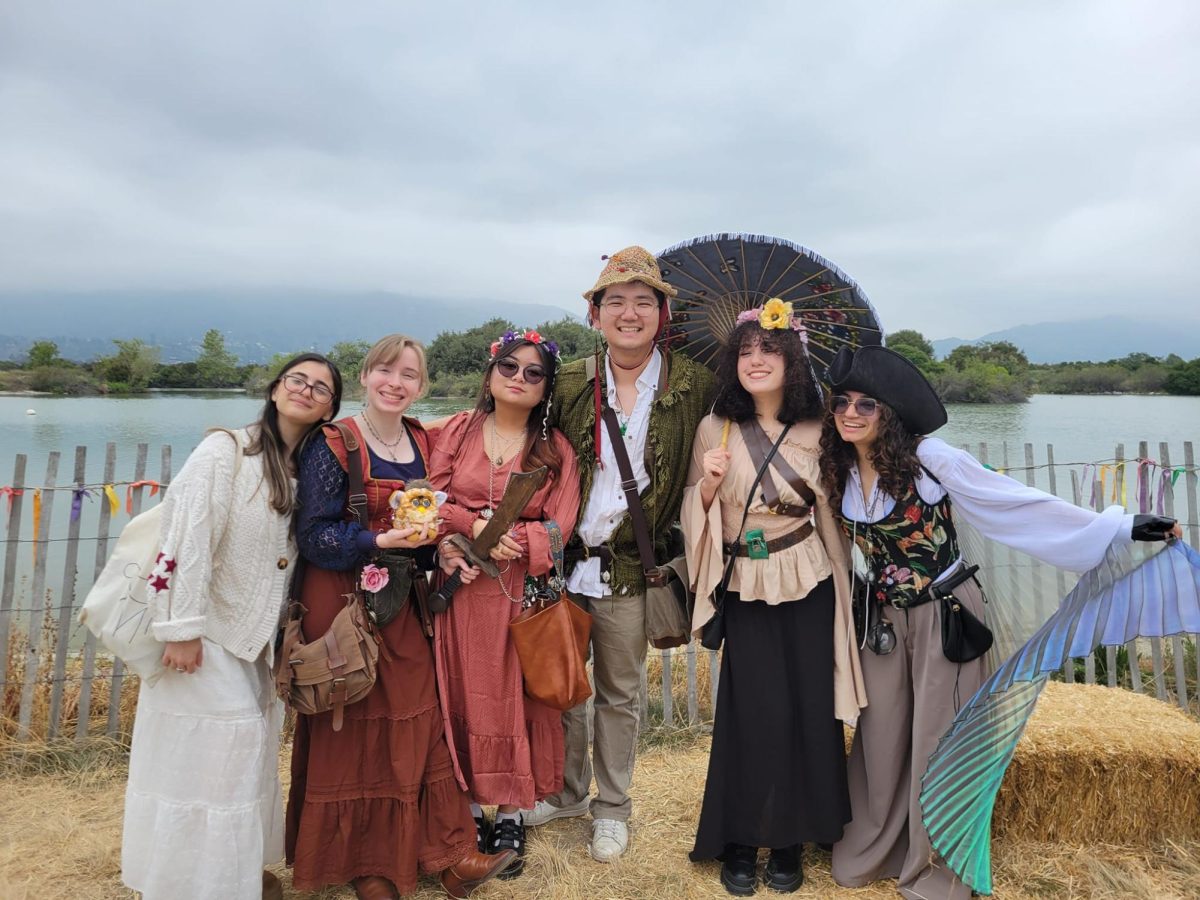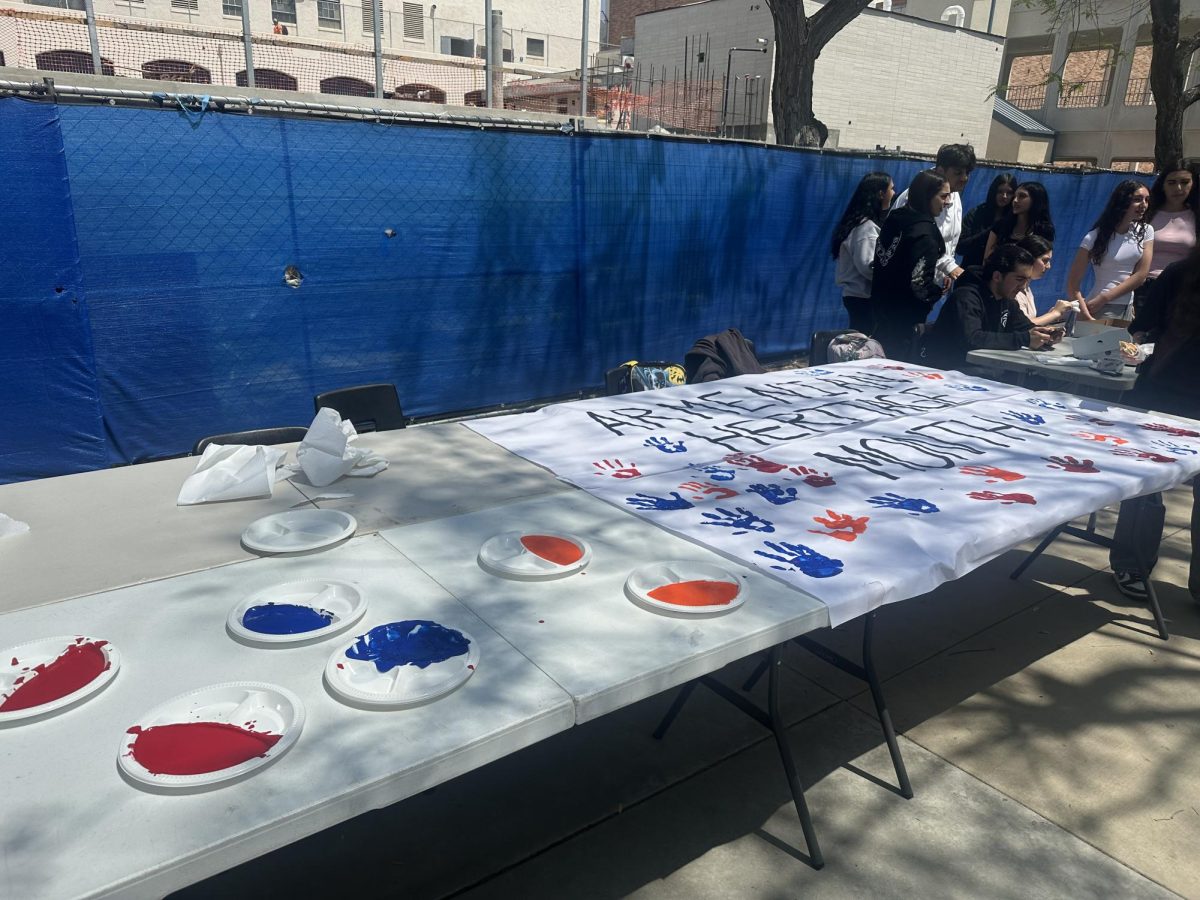March 13, 2025 marks exactly five years since life changed for people worldwide.
Coronavirus (COVID-19) was a disease capable of progressing to severe symptoms and, in many unfortunate cases, death. People started noticing symptoms in 2019. By March the world declared a pandemic. When no vaccine was available, the best medical advice was to “social distance,” wear masks when that wasn’t possible, and to wash our hands long enough to sing Happy Birthday twice.
How did we get into such an extreme situation? Where literally every country in the world was battling a deadly virus that seemed to be spreading out of control?
In December 2019, a group of patients in Wuhan, China, started to experience and notice symptoms that did not react well to standard treatments. Many tests began, and the world soon found out that COVID-19 was a contagious disease that was easily spread.
According to the World Health Organization (WHO), COVID-19 had an infection rate of 1.4-2.4 (R1.4-2.4). You science enthusiasts know that means for every person infected with the virus, they will pass it to an average of 1-2 people. Those people then pass it on to 1-2 more people, and the illness grows exponentially. Is that high? By comparison, measles has an infection rate of R18, and is the most infectious disease known to humans.
While many Americans believed the danger was overblown, it was hard not to be fearful as hospitals rented refrigerated trucks to store the bodies of those who passed away.
COVID-19 affected the lives of all people around the world, both physically and mentally.
The deaths caused by the disease were mostly of people above 65 years of age. It affected millions of people, seeing high ranks of not only strangers pass away but sometimes their relatives. While children were not affected by the virus itself, they did lose grandparents and other relatives, or see them become very ill.
The American Psychological Association (APA) did a survey, and psychologists reported an increase in individuals seeking treatment for trauma, anxiety, and other stress-related disorders from 2019-2020 and again from 2020-2021. A tragedy such as this is not easy to forget or get over, but people try to cope with their emotions by trying out new hobbies, reconnecting with close ones when able to, and FaceTiming and texting loved ones to see how they’re doing. Ever since the disease caused so many problems, people had a lot of compassion for each other.
Schooling changed a lot as well. Here in the United States, the majority of schools were on distance education models instead of going to in-person classes to prevent the spread of COVID-19. The most used distance education tool was Zoom. Teachers would make a Zoom call and the students would get a code they would have to enter to join the meeting. Most students in the US were on the Zoom web for the year of 2020-2021.
Looking back, COVID-19 was a time when the world got quieter but some say they noticed people had each other’s backs. Others argue the refusal of a large portion of the population to wear masks or take the vaccine proves the opposite. In the United States the issue was politicized, having a measurable affect on the 2020 and 2024 elections. Here at Hoover, veteran teacher Kathy Angers retired citing “the politicization of education.” https://thetornadotimes.net/12611/news/english-teacher-retires/
Now, some people are still trying to get over everything that happened and some people are already mostly over it. It was hard, but the world powered through. According to Verdugo Hills Hospital physician Greggory Beeve, COVID-19 can now be considered “endemic” and he compared it to the common cold.

